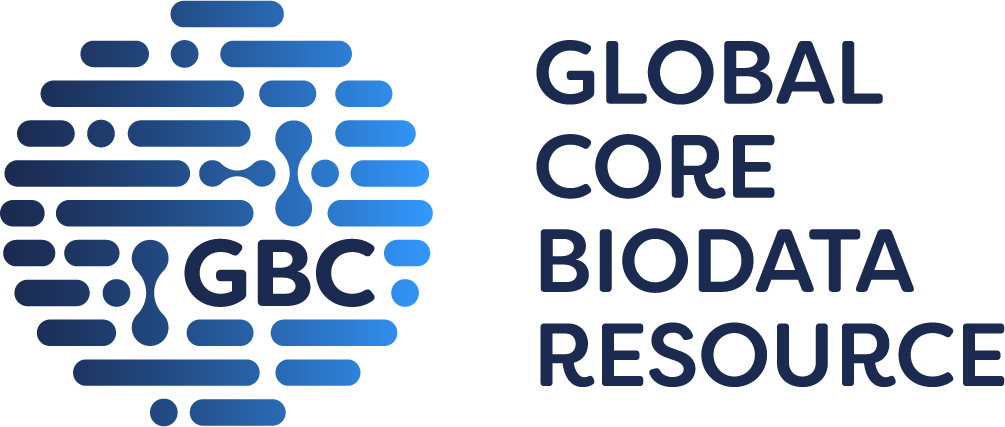
tavapadon [Ligand Id: 13372] activity data from GtoPdb and ChEMBL
Click here for a description of the charts and data table
Please tell us if you are using this feature and what you think!
| ChEMBL ligand: CHEMBL3697617 (Cvl-751, CVL-751, Pf-06649751, PF-06649751, Tavapadon) |
|---|
There should be some charts here, you may need to enable JavaScript!
|
| DB | Assay description | Assay Type | Standard value | Standard parameter | Original value | Original units | Original parameter | Reference |
|---|---|---|---|---|---|---|---|---|
| D1 receptor/Dopamine D1 receptor in Human (target type: SINGLE PROTEIN) [ChEMBL: CHEMBL2056] [GtoPdb: 214] [UniProtKB: P21728] | ||||||||
| ChEMBL | Competition Binding Assay: The affinity of the compounds described herein was determined by competition binding assays similar to those described in Ryman-Rasmussen et al., Differential activation of adenylate cyclase and receptor internalization by novel dopamine D1 receptor agonists, Molecular Pharmacology 68(4):1039-1048 (2005). This radioligand binding assay used [3H]-SCH23390, a radiolabeled D1 ligand, to evaluate the ability of a test compound to compete with the radioligand when binding to a D1 receptor.D1 binding assays were performed using over-expressing LTK human cell lines. To determine basic assay parameters, ligand concentrations were determined from saturation binding studies where the Kd for [3H]-SCH23390 was found to be 1.3 nM. From tissue concentration curve studies, the optimal amount of tissue was determined to be 1.75 mg/mL per 96 well plate using 0.5 nM of [3H]-SCH23390. These ligand and tissue concentrations were used in time course studies to determine linearity and equilibrium. | B | 7.68 | pKi | 21 | nM | Ki | US-9107923-B2. Heteroaromatic compounds and their use as dopamine D1 ligands (2015) |
| ChEMBL | Competition Binding Assay: The affinity of the compounds described herein was determined by competition binding assays similar to those described in Ryman-Rasmussen et al., Differential activation of adenylate cyclase and receptor internalization by novel dopamine D1 receptor agonists, Molecular Pharmacology 68(4):1039-1048 (2005). This radioligand binding assay used [3H]-SCH23390, a radiolabeled D1 ligand, to evaluate the ability of a test compound to compete with the radioligand when binding to a D1 receptor.D1 binding assays were performed using over-expressing LTK human cell lines. To determine basic assay parameters, ligand concentrations were determined from saturation binding studies where the Kd for [3H]-SCH23390 was found to be 1.3 nM. From tissue concentration curve studies, the optimal amount of tissue was determined to be 1.75 mg/mL per 96 well plate using 0.5 nM of [3H]-SCH23390. These ligand and tissue concentrations were used in time course studies to determine linearity and equilibrium. | B | 8.07 | pKi | 8.54 | nM | Ki | US-9107923-B2. Heteroaromatic compounds and their use as dopamine D1 ligands (2015) |
| ChEMBL | Partial agonist activity at human D1R | B | 8.07 | pKi | 8.54 | nM | Ki | J Med Chem (2019) 62: 128-140 [PMID:30525590] |
| GtoPdb | - | - | 8.07 | pKi | 8.54 | nM | Ki | J Med Chem (2019) 62: 128-140 [PMID:30525590] |
ChEMBL data shown on this page come from version 35:
Zdrazil B, Felix E, Hunter F, Manners EJ, Blackshaw J, Corbett S, de Veij M, Ioannidis H, Lopez DM, Mosquera JF, Magarinos MP, Bosc N, Arcila R, Kizilören T, Gaulton A, Bento AP, Adasme MF, Monecke P, Landrum GA, Leach AR. (2024). The ChEMBL Database in 2023: a drug discovery platform spanning multiple bioactivity data types and time periods. Nucleic Acids Res., 52(D1). DOI: 10.1093/nar/gkad1004. [EPMCID:10767899] [PMID:37933841]
Davies M, Nowotka M, Papadatos G, Dedman N, Gaulton A, Atkinson F, Bellis L, Overington JP. (2015) 'ChEMBL web services: streamlining access to drug discovery data and utilities.' Nucleic Acids Res., 43(W1). DOI: 10.1093/nar/gkv352. [EPMCID:25883136]








